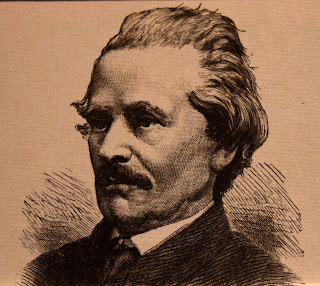Excavation with Chepstow Archaeology Society in Grove Wood

Plans for combined archaeological field work Members of the MAA and members of Chepstow Archaeological Society have commenced an ongoing excavation of the Grove Wood House site near Chepstow Racecourse. Because of insurance issues, which have now been resolved, MAA involvement has been limited. But the work has been successfully directed by Simon Maddison, a member of MAA. Both he and Ray, our MAA Chairman, have been fully involved from the outset. We are hopeful that many more MAA members will be participating when work resumes in the new year. This will include the investigation of an associated tower ruin near Grove Wood House. Related developments have also included an introduction to geophysics carried out in Ray's front field. This was led by Daryl and Sam Williams both accomplished geophysicists. Gear including an EDM as well as resistivity and magnetometry equipment is now ava...


